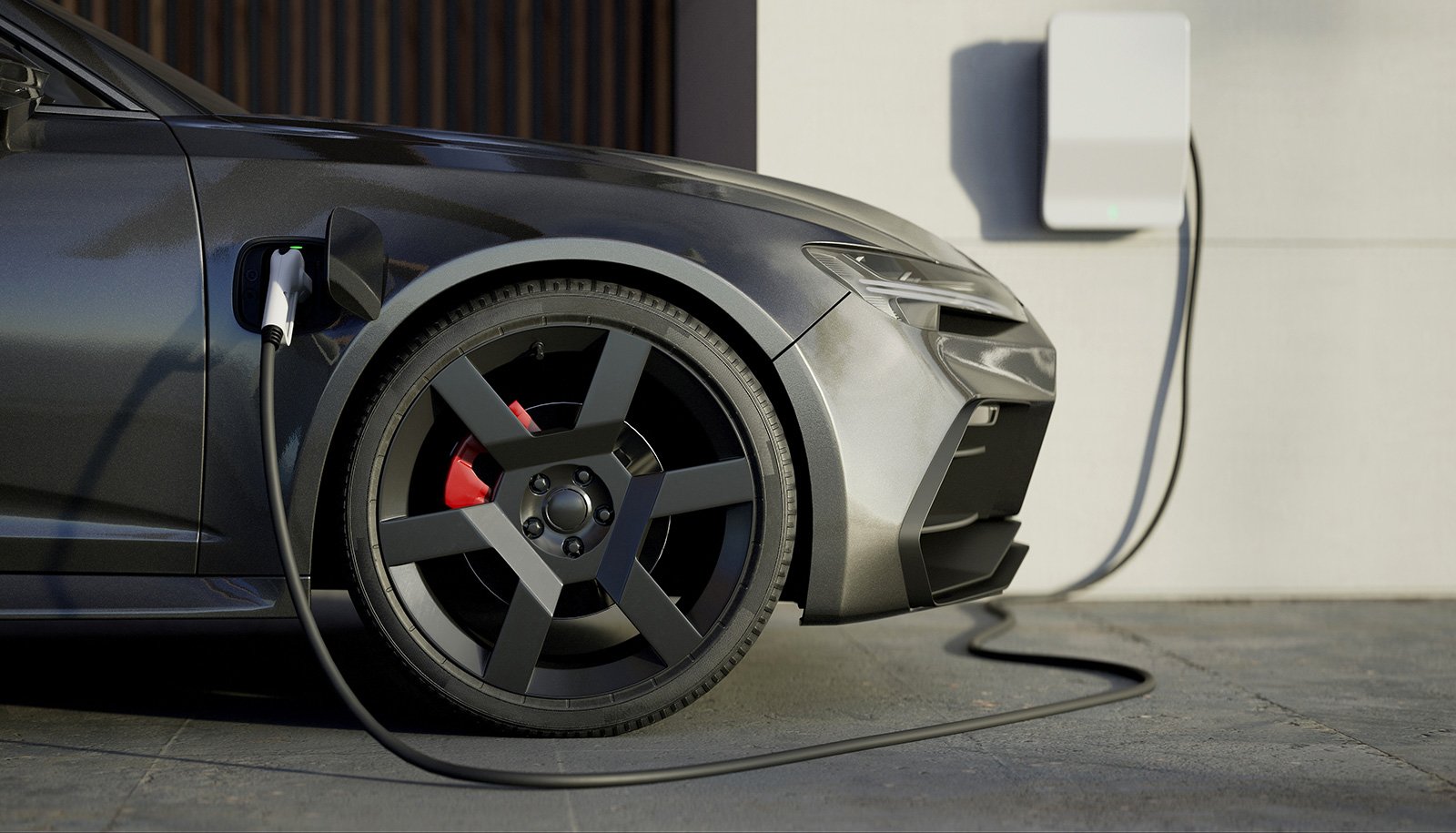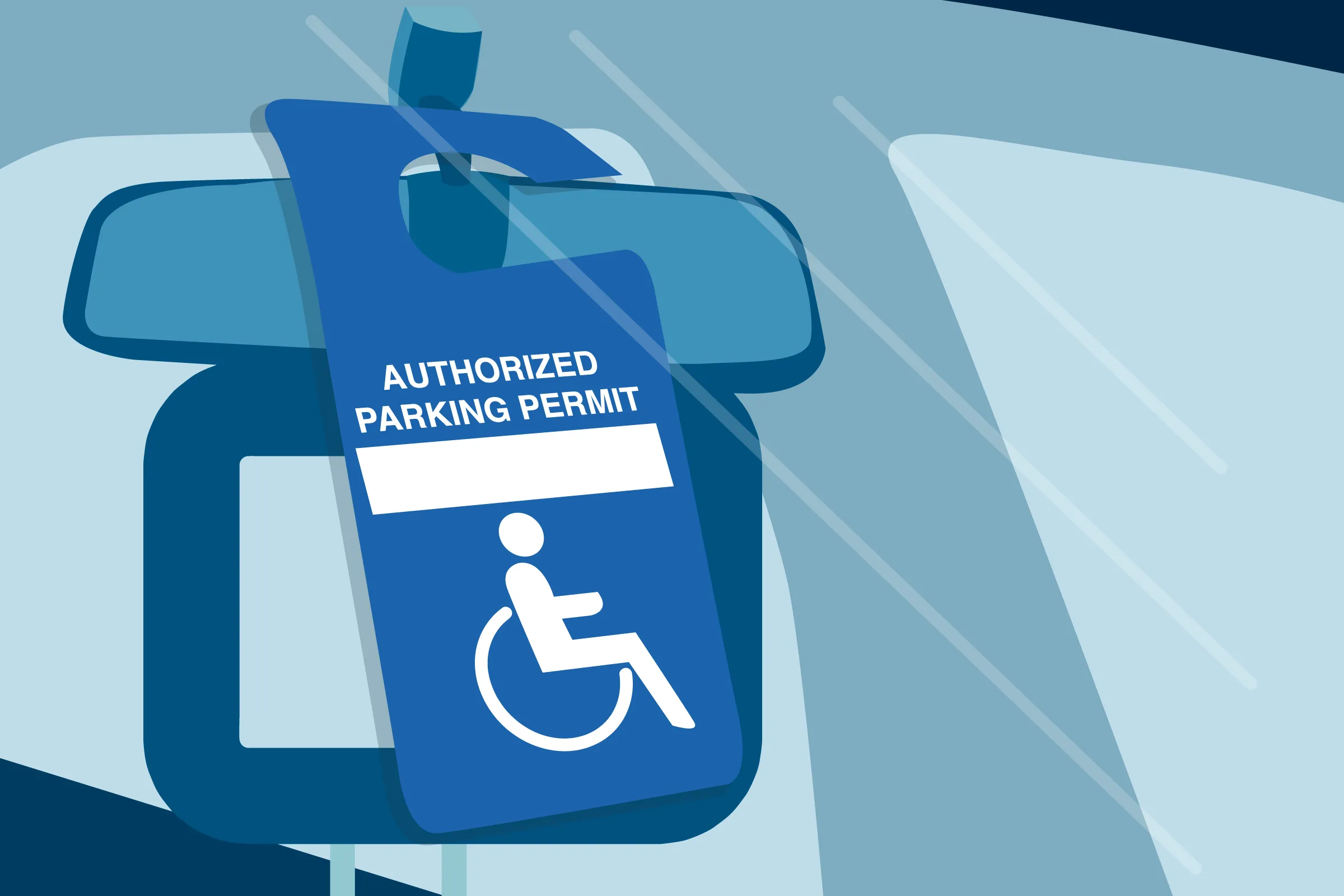Spring Cleaning Your Vehicle: Essential Steps and Benefits
Spring is the perfect time to give your vehicle the comprehensive cleaning it deserves. After enduring the harsh conditions of winter,
Spring is the perfect time to give your vehicle the comprehensive cleaning it deserves. After enduring the harsh conditions of winter, your car likely needs a thorough refresh to restore its shine and ensure it operates efficiently. A detailed spring cleaning not only revitalizes your vehicle’s appearance but also serves as essential preventative maintenance, potentially extending its lifespan and preventing mechanical issues. Here’s a guide to the essential steps for spring cleaning your vehicle and the benefits of doing so.
Benefits of Cleaning Your Car in Spring
Cleaning your car in spring brings numerous advantages. The winter months can leave your vehicle coated in grime, salt, and debris, which can lead to rust and corrosion, particularly on the undercarriage and brakes. By removing this buildup, you preserve both the vehicle's appearance and its structural integrity, thus maintaining its resale value.
Moreover, a clean interior contributes to a healthier driving environment. Eliminating allergens and bacteria from your car’s cabin can significantly improve air quality, creating a more comfortable and safe space for you and your passengers. Additionally, clear windows and mirrors enhance driving safety by improving visibility, which is crucial for avoiding accidents.
Finally, a clean and well-maintained vehicle operates more efficiently, potentially improving fuel economy. Regular maintenance activities, such as checking and rotating tires, changing the cabin air filter, and inspecting under the hood, ensure that your car performs optimally, providing a smoother and more enjoyable driving experience.
Essential Steps for Spring Cleaning Your Car
Interior Cleaning
Start with the interior of your vehicle. Begin by brushing and vacuuming your car’s interior. Use a gentle brush to remove dust and dirt from vents, buttons, and seat crevices. Follow up with a thorough vacuum to eliminate debris from these areas. It’s also a good time to discard any trash, such as empty containers, and organize personal items like gum and sunglasses into designated storage areas.
If you have loose clothing in your car, bring it inside and launder it. To enhance cleanliness, consider using an air freshener for a pleasant aroma. For carpets and floor mats affected by winter grime, use a stiff brush to loosen dirt before vacuuming to ensure a clean and fresh appearance.
Deep Clean Seats
Your car’s seats can accumulate a significant amount of dirt and grime over time. Deep cleaning with the right solution and a wet vacuum can help remove stubborn stains and dirt. Be cautious when selecting a cleaning solution, as fabric and leather seats require different treatments. Spot test the solution in an inconspicuous area before applying it to the entire seat to avoid potential discoloration. For leather seats, use a leather conditioner to keep them supple and revitalized.
Exterior Cleaning
A clean exterior is just as important as a clean interior. Start by hand washing your car with a gentle carwash solution. Avoid household soaps, as they can strip away natural oils and harm the paint. After washing, use a rubber squeegee to hand dry your car to prevent water spots and avoid leaving mineral or dirt residue that could lead to corrosion or rust.
Tire Maintenance
Next, address your tires. Check and rotate them if necessary. If you haven’t already, replace winter tires with all-season ones to ensure optimal performance. Clean the hubcaps with a soapy sponge to remove grime and ensure that tire pressure is inflated to the recommended level, usually around 30 to 35 PSI or as specified in your car’s manual.
For cleaning, use non-acidic products and a stiff brush for tough grime, and a toothbrush for hard-to-reach areas. This method ensures thorough cleanliness without damaging your tires. If changing tires isn’t feasible, rotating them can help ensure even wear and maintain consistent traction while driving.
Air Filter and Fluid Checks
Changing the cabin air filter is a crucial step, especially if you suffer from pollen allergies. Regularly replacing the filter, typically every 15,000 to 30,000 miles, helps prevent pollen recirculation and keeps allergens at bay. A clean filter also protects your car’s heating and cooling systems from potential damage caused by clogs.
This is also an ideal time to check your air conditioner. Since it hasn’t been used much during the winter, ensure it’s still operating efficiently. If you notice decreased performance, unusual odors, or increased dust inside your car, you may need to replace the air filter sooner than the recommended interval.
Check Under the Hood
Inspecting under the hood is another essential maintenance task. Look for leaves or debris and clean as needed, especially if you park outdoors. Refill your windshield wiper fluid to avoid running out unexpectedly. Check your oil level and its condition using a rag and dipstick. If the oil is low or appears dirty or sludgy, schedule an oil change. This applies to gas-powered, hybrid, and electric vehicles alike.
Windows and Wipers
Clean your windows and mirrors to ensure clear visibility. Use an ammonia-free glass cleaner and a microfiber cloth for a streak-free shine. Don’t forget to roll down the windows to clean the top edge. Check the windshield wipers for dirt or grime and clean them to prevent smudging or streaking. Test the wipers after cleaning to ensure they function properly, and replace them if necessary to maintain effectiveness.
Review Your Car Insurance
Spring is also a good time to review your car insurance. Assess whether your coverage is adequate based on recent life changes, such as moving, getting married, or vehicle updates. If you’ve installed aftermarket parts on your vehicle, consider modifying your insurance to cover these additions, as your current policy might not include them.
Evaluate your deductibles and premiums to ensure they’re manageable, and explore eligibility for new discounts, such as safe driving rewards. Comparing quotes from various insurers helps secure the best value, balancing comprehensive coverage with cost. Timing your insurance transition to avoid coverage lapses is crucial for maintaining optimal protection.
Maintaining a Clean Driving Record
A clean driving record plays a significant role in maintaining lower insurance rates. While other factors can influence your premiums, driving defensively and avoiding accidents or moving violations can help you secure better rates. Consider taking a defensive driving course, avoiding rush hour traffic, and minimizing your automobile use to maintain a clean record.
Is Spring a Good Time to Shop for Car Insurance?
While spring is as good a time as any to review or shop for car insurance, the season itself doesn’t impact rates. Factors such as location, type of vehicle, and driving history are more relevant when calculating premiums. Instead of focusing on the time of year, consider life events and insurance renewal periods as indicators for when to reassess your coverage.
FAQs
1. Why is spring cleaning important for my vehicle?
Spring cleaning is crucial for your vehicle because it removes the winter grime, salt, and debris that can lead to rust and corrosion. It also helps to improve the air quality inside the car and enhances driving safety by ensuring clear visibility through clean windows and mirrors. Additionally, a clean vehicle can operate more efficiently, potentially improving fuel economy.
2. What are the first steps in spring cleaning my car’s interior?
Begin by brushing and vacuuming the interior to remove dust and dirt from vents, buttons, and seat crevices. Dispose of any trash and organize personal items into designated storage areas. For carpets and floor mats, use a stiff brush to loosen dirt before vacuuming. Consider using an air freshener for a pleasant aroma.
3. How should I clean my car seats?
To clean your car seats, use a suitable cleaning solution and a wet vacuum. Fabric and leather seats require different treatments, so choose a cleaner appropriate for your seat material. Always spot test the cleaner in an inconspicuous area before full application to avoid discoloration. For leather seats, use a conditioner to keep the leather supple.
4. What’s the best way to wash the exterior of my car?
Hand wash your car using a gentle carwash solution rather than household soaps, which can damage the paint. After washing, use a rubber squeegee to hand dry the car to prevent water spots and mineral residue. This helps avoid corrosion or rust and maintains the car’s finish.
5. How do I maintain my tires for spring?
Check and rotate your tires as needed. If you haven’t already, replace winter tires with all-season ones. Clean the hubcaps with a soapy sponge and ensure that tire pressure is at the recommended level, typically around 30 to 35 PSI. Use non-acidic products and brushes to clean the tires and maintain their condition.
6. When should I change my cabin air filter?
You should replace your cabin air filter regularly, typically every 15,000 to 30,000 miles, especially if you suffer from pollen allergies. A clean filter helps prevent allergens from recirculating and protects your car’s heating and cooling systems from potential clogs.
7. What should I check under the hood during spring cleaning?
Inspect under the hood for leaves or debris and clean as necessary. Refill your windshield wiper fluid and check your oil level and condition. If the oil is low or appears dirty, schedule an oil change. This is applicable for gas-powered, hybrid, and electric vehicles.
8. How do I clean my car’s windows and wipers?
Clean your windows and mirrors with an ammonia-free glass cleaner and a microfiber cloth for a streak-free finish. Roll down the windows to clean the top edge. Clean the windshield wipers to prevent smudging or streaking and replace them if they are worn out.
9. Is it a good idea to review my car insurance during spring cleaning?
Spring is a good time to review your car insurance to ensure your coverage is adequate, especially if there have been recent life changes or vehicle updates. Evaluate your deductibles and premiums, explore new discounts, and compare quotes from different insurers to get the best value.
What's Your Reaction?



















